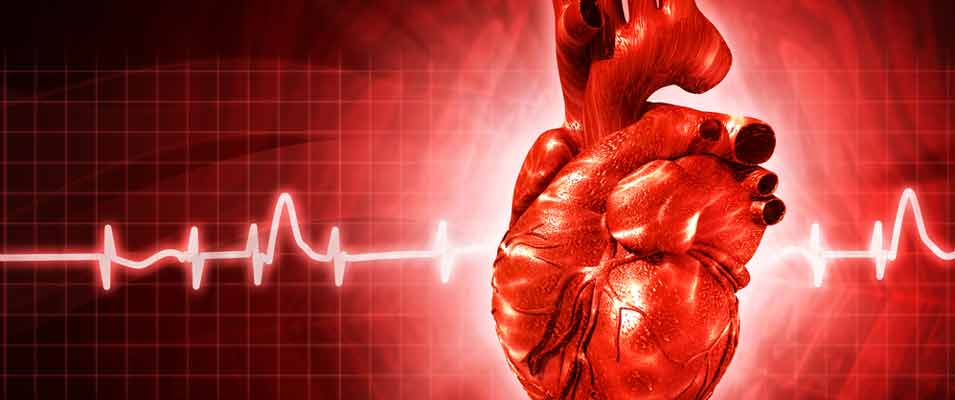
The leading cause of death in America is heart disease. Despite resolutions and dieting attempts, the average American is overweight, sedentary and even still smoking increasing the likelihood of early cardiovascular issues. Many lifestyle choices, however, can help drastically reduce the risk of an early death, but many people feel it’s just too difficult to start.
Keep it simple is the key to making consistent and lasting lifestyle changes. Try these 4 ways to improve your diet and exercise without really trying.
Here are 4 Ways to Improve your Heart Health for a Longer Life.
1. 4-3-2-1.
It sounds like the start of something great, like a rocket blasting off into space, and really this simple rule for eating fruits and vegetables can reduce the risk of heart disease and many forms of cancer by almost 50%. This countdown is the number of fruit and vegetable servings one should eat per day to achieve the 9-11 servings needed for a healthy heart and body. Think 4 servings of fruits or vegetables at breakfast. This could be an omelette filled with tomatoes, mushrooms and spinach as well as a small glass of juice or piece of fruit. Then think 3 servings at lunch. This could be a large salad filled with carrots and peppers or a wrap filled with lean meats, lettuces, tomatoes and piece of fruit. Then at dinner 2 servings would be needed. Think a baked potato and broccoli. The last number one is the snack you eat during the day. This could be humus and carrots, a handful of nuts or an orange. Keep in mind that the average American only consumes 2 servings of fruit or vegetable on the average daily. (https://www.ncbi.nlm.nih.gov/pmc/articles/PMC3039795/)

2. The 10 Minute Before or After Rule.
It sometimes is difficult to find time to pack a gym bag, get on the treadmill for 30 minutes and then head back to the office. The simple way to get enough cardiovascular exercise is the incremental approach. It doesn’t matter if you get three 10-minute moderate workouts or a full 30-minute regimen. What does matter is daily exercise! With this in mind the 10-minute rule is wonderful. The 10-minute before of after is taking the time to walk, jog or dance for 10 minutes before or after each meal. This adds up to the daily 30-minutes of exercise recommended by the American Heart Association to reduce the risk of cardiovascular disease. Research is now geared at the benefits of shorter workouts and shorter high-intensity workouts may be equal to the benefits of longer 30-minute sessions. So if you jump rope for 10-15 minutes versus walking for 30-minutes, your heart doesn’t know the difference. It’s just getting stronger.(https://www.ncbi.nlm.nih.gov/pmc/articles/PMC4657417/). and (https://well.blogs.nytimes.com/2012/07/25/the-10-minute-workout-times-three/?_r=0)
3. 25 to Go. Keeping the body running smoothly depends on what you’re putting in as fuel.
As mentioned, making sure you eat enough fruits and vegetables is important, but also counting your daily fiber intake can help your heart live healthier. Fiber is the stuff that sticks to the fatty substance in the blood to lower cholesterol and helps make you regular. So regularly eating 25 grams of fiber daily is key to good heart health. If you’re already eating all those fruits and veggies, you’ll be getting about 15-20, so think whole grains like oats and barley to get the extra 5 that you’ll need. As they say,, oatmeal first thing in the morning is a good start for heart health.

4. Boost the Breakfast.
Breakfast really is the most important meal of the day. As many people tend to skip the sit down and sip coffee instead, there is good evidence to show that breakfast should be your biggest meal of the day. Think 500-700 calories and making sure you have enough protein as well. The average person needs about 40-80 grams of protein a day. With more research showing that eating higher intakes of protein can help lower blood sugar and increase lean muscle mass, getting a big 25-30 grams of protein at breakfast is key. Think 2-3 eggs, a bowl of oatmeal, and even a small handful of nuts.
All in all, the the most significant changes can be made from avoiding smoking, alcohol and stress, but if you start in the right direction with diet and exercise, you’ll see big results from just small changes.







